How to trim fuchsia correctly?
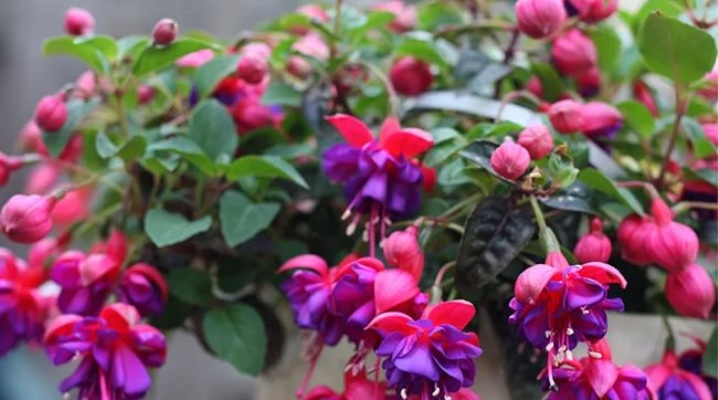
Fuchsia (Fuchsia) is a flowering perennial belonging to the fireweed family. Due to the interesting shape of the flower, which resembles a dancer in a fluffy skirt, the plant is also called "ballerina". Fuchsia can be grown both in the garden and at home, it is unpretentious, blooms for a long time, and is distinguished by a variety of varieties. Today we will talk about how to properly prune fuchsia, when it is better to do it and how to give the bush a beautiful shape.
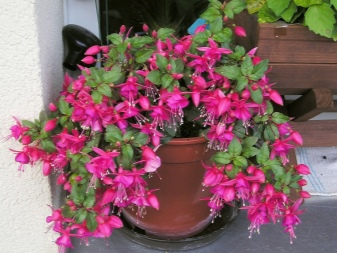
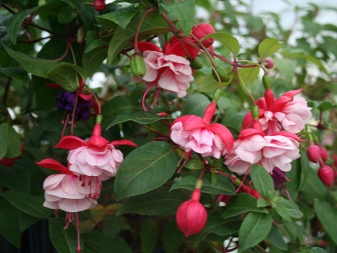
Why do you need fuchsia pruning?
Indoor fuchsia must be periodically "updated" by removing old and non-viable shoots. The fact is that flowers appear only on young branches, and old ones only thicken the bush and consume nutrients, not giving anything in return.
Also pruning helps to form a beautiful neat crown of the mini-tree... If carried out periodically, fuchsia will grow in width, and not in height, which is very important in a city apartment (some varieties can grow 3 meters up, which will make it difficult to keep the plant indoors).
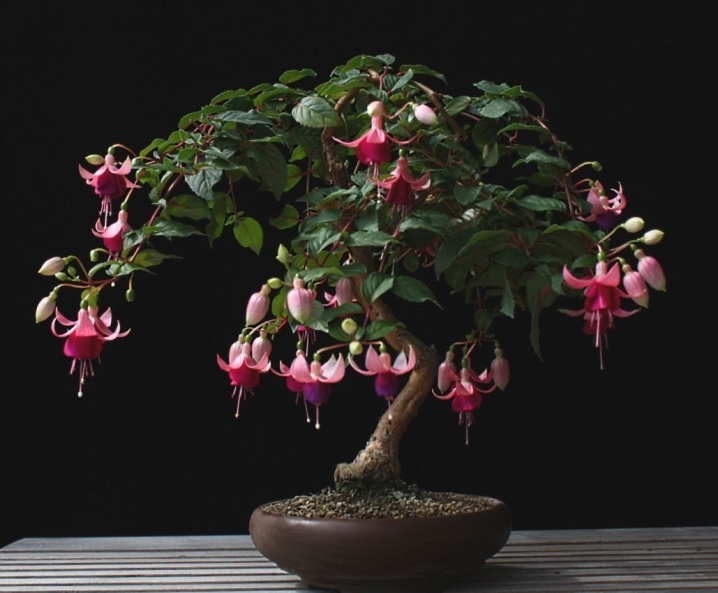
Another reason to prune is if you notice that some young shoots have grown frail, weak... There will be no benefit from such - the buds will not appear on them, and the leaves will be small and rare. It is better to get rid of these shoots, as well as from the old, woody ones.
The only thing that is forbidden to touch when pruning is the main trunk of the plant.
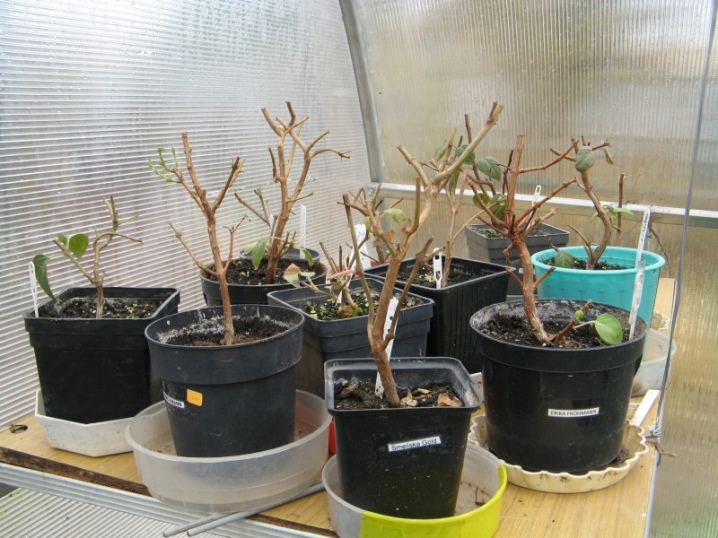
Season selection
So, from the above, it is clear that pruning for fuchsia is a useful and necessary procedure. When is the best time to do it?
- Very often this is done in the spring, before new buds appear. If you trim according to the instructions, then fuchsia will delight you with bright and lush flowering.
- As for the autumn period, it is best to wait until the end of October - the beginning of November. It is in the fall that it is recommended to cut off the fuchsia contained in the apartment. The procedure consists of removing parts of the branches where the flowers were located, as well as shortening the shoots to the first pair of leaves with stone buds from the top.
- If you are the owner of one of the varieties of fuchsia that blooms until late autumn, you can prune for the winter. However, bushes that go to winter in the basement, cellar, on the balcony are most often subjected to such a "haircut" (for example, they were dug from a flower bed). It is recommended to shorten the branches, leaving them only 1/3 of their length (but not more than 15 cm).
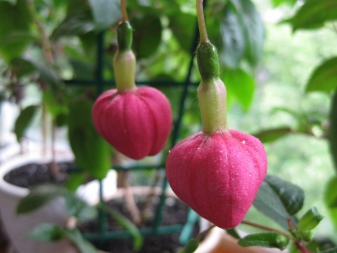
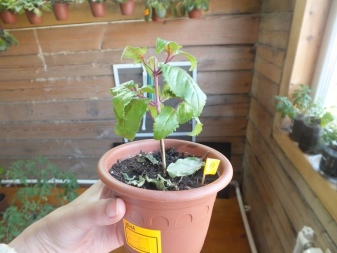
Step-by-step instruction
First, let's say a few words about the tools you need to trim fuchsia. It can be a knife, garden shears, pruning shears. Pre-disinfect the selected device to prevent the possibility of contamination of plants with viruses, whose strains may be on dirty tools. This can be done by treating the blades with an alcohol-containing preparation, bleach, kerosene. Just dip them in the solution and then wipe them off with a clean cloth.

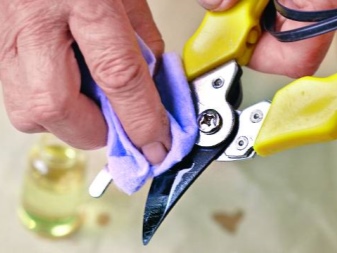
In the spring
It is worth clarifying that this is not a calendar spring - for this plant, it occurs somewhere in the middle of February. You will notice swelling of the kidneys, and this will be the first bell for pruning.
- Indoor fuchsia over the winter grows a number of thin frail shoots that will not give flower stalks, so they should be removed first.
- Further, all dried, lignified branches are cut off.
- Move on to the center of the plant. We thin out the branches there so that the bush is not too thickened.
- Correct the shape of the crown.We cut off the shoots, stepping back 1.5-2 centimeters from the node.
- We evaluate the work done. If you notice a twig sticking out ugly to the side, you can slightly pull it to the trunk with a thread or thin wire.


In autumn
You need to prepare for autumn pruning in advance. Around mid-September, stop feeding the plant with nitrogen supplements, leaving potassium and phosphorus. Reduce a single dose of water, water less often (in winter, it is generally recommended to do this twice a month). If your "ballerina" stood on the balcony in the summer, then let it stay there until it gets colder (the lowest possible temperature is + 5 ° C). This will help her enter "hibernation" smoothly.
Next, carry out antifungal treatment of fuchsia and inspect it for the presence of clutches of harmful insects. The fact is that during the winter the bush will weaken, and then it will be easier for the newly appeared "tenants" to destroy it by eating young growth.
Another distinctive feature of autumn pruning is the removal of green shoots. They are unlikely to survive the winter, so it makes no sense to leave them.

So, step by step instructions:
- first you need to cut off all the dried leaves;
- remove all immature, diseased, weakened and damaged shoots;
- trim branches that violate the shape of the crown, as well as curved or simply unattractive;
- those shoots that remain will have to be shortened by a third;
- if you plan to send fuchsia to the cellar for the winter, leave it at home for a while - the cuts should dry out.
If done correctly, your plant will have a central stem and a few skeletal branches at the end.
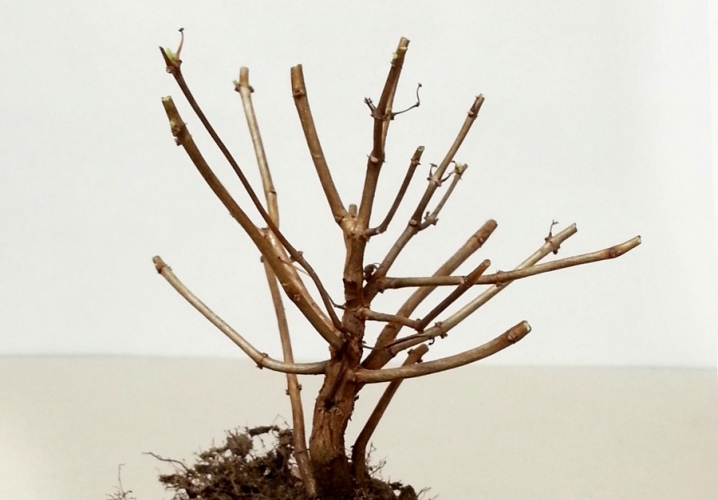
How to form a plant correctly?
A feature of fuchsia is not only its unusual flowering, but also the possibility of adopting a different type after pruning: shrub, standard tree, bonsai. Let's find out how to do it right.
Bush
To obtain this form, it is necessary to leave 2 pairs of leaves on a young cutting, and remove the rest together with the crown. After some time, lateral shoots will appear in the axils of the upper leaves - they will have to be pinched after 2 pairs of leaves.
To achieve the desired thickening of the bush, the same should be done with the rest of the young shoots. With shortened internodes, the pinching is carried out through 3 or even 4 pairs of leaves.
Continue pinching the shoots until you get the desired bush shape. However, do not get too carried away, as the fuchsia will not have time to "throw" the buds. Their formation occurs on the shoots from above, while development lasts several weeks (6-8).
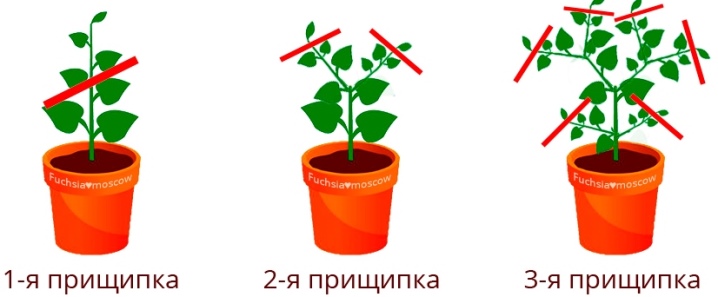
Stamper tree
Choose a sturdy, healthy specimen with a thick, straight trunk. For in order for the plant to stand upright, you must initially tie the central stem to a support driven in next to it. Grow it to the required height (0.5-1 m), constantly cutting off the side shoots. Then pinch the top of the tree. Soon, new shoots will appear on top - they also have to be pinched after 2 or 3 pairs of leaves. Then carry out the pinching as for the formation of a bush.
Beautiful standard trees grow from varieties that have 3 leaves in the internodes - they turn out to be lush, thick. However, one should not forget that a heavy crown (especially with double flowers) can outweigh and break the trunk in the place where the first pinching was carried out. So do not forget to support heavy branches, and when shaping, remember the optimal ratio and balance between the height and width of the tree.
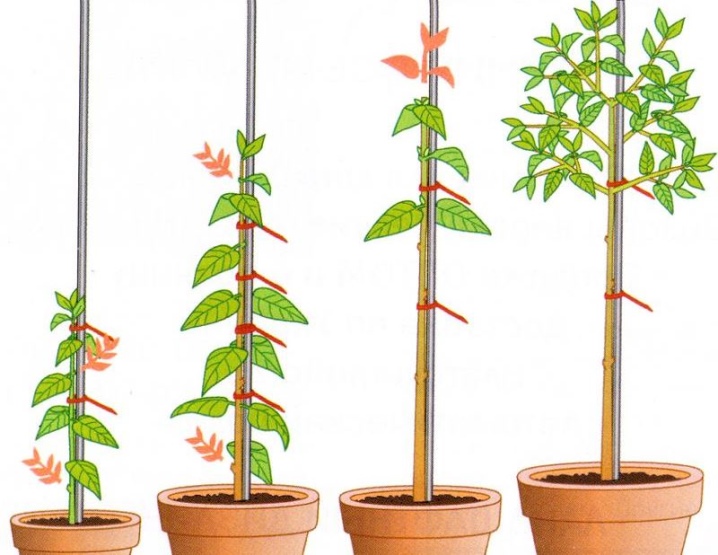
For growing a stem, a clay container is best suited.
Pebbles and small stones are laid under the root of the plant as a drainage layer. If you live in a house with your own personal plot, you can take your tree out into the yard for the summer and bury the pot directly in the ground.

Bonsai
Fuchsia can be given a very interesting shape - a little curve, as if tilted by an invisible wind.To do this, it is recommended to plant several specimens in one container and intertwine their trunks with each other. This should be done when they are still young and flexible. First, the desired position will have to be fixed with thick threads, and when the stems become woody, the threads can be removed.
You will achieve the best effect if you plant together plants with different shades of inflorescences.
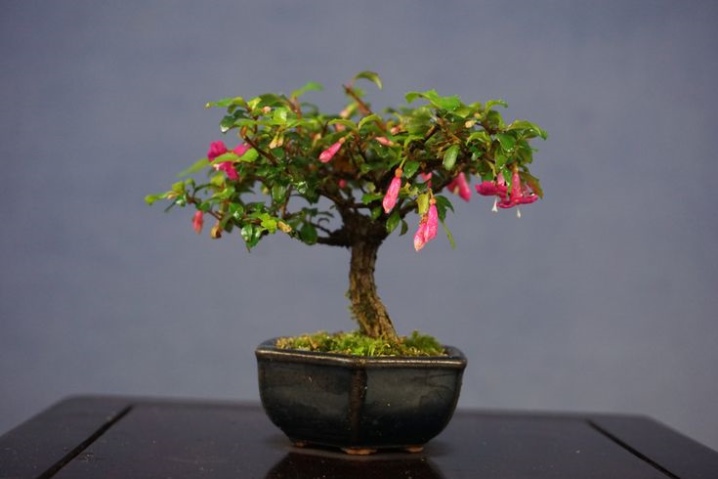
For the autumn pruning of fuchsia and the formation of a standard bush, see below.







































































































The comment was sent successfully.